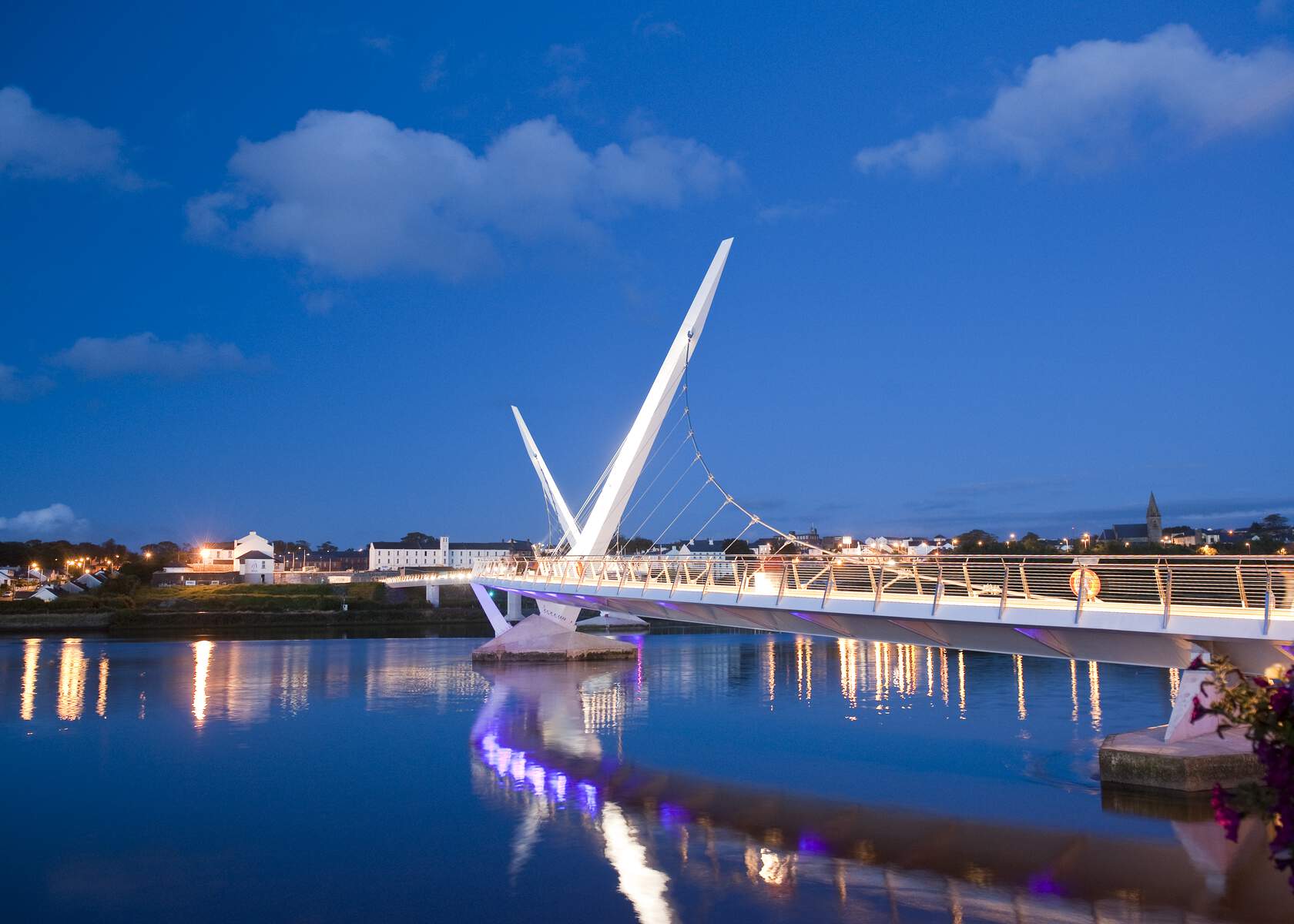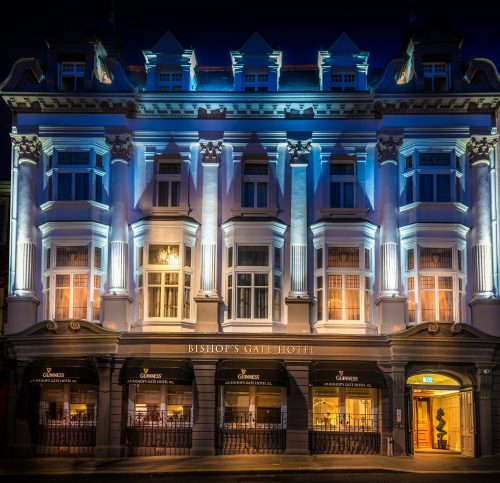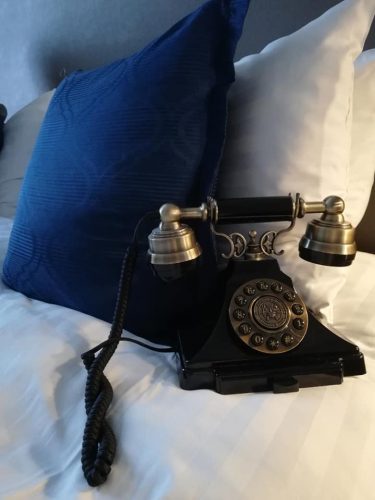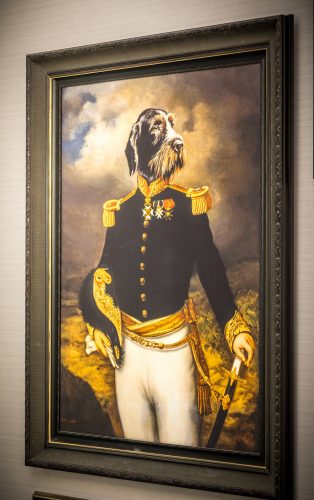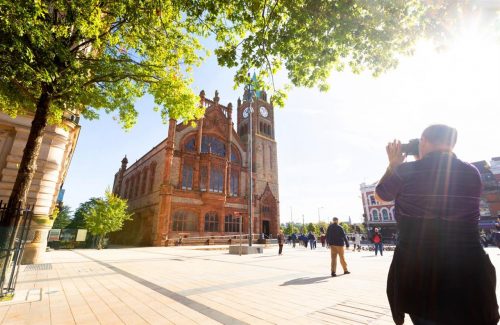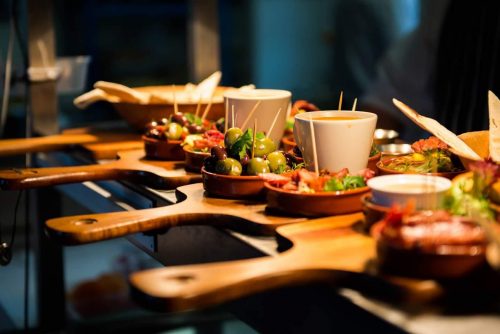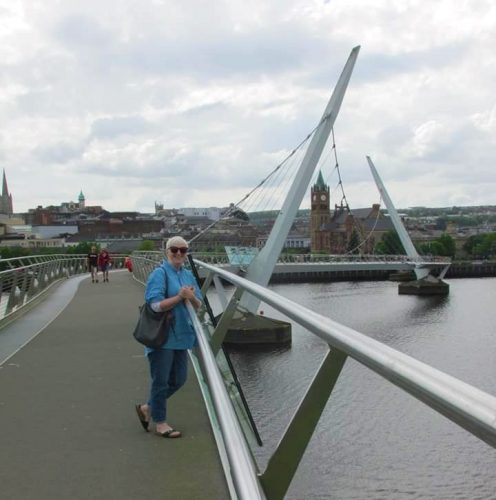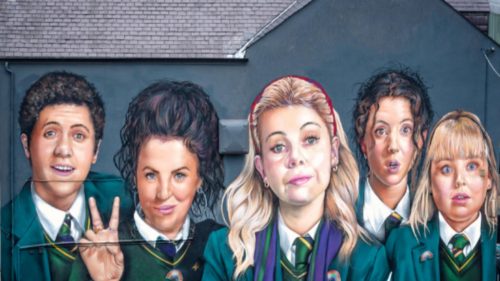
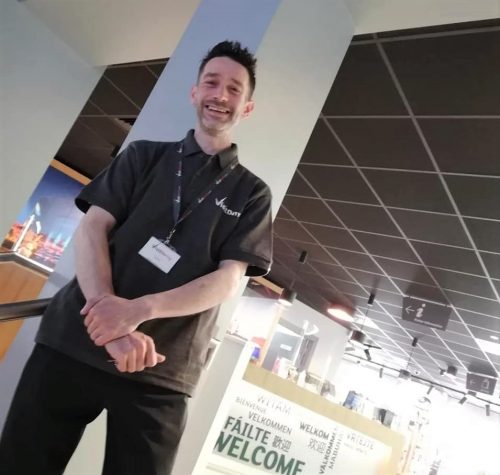
For more information, see:
About The Author:
Felicity Hayes-McCoy is the author of the USA Today bestselling “Finfarran” novels, published by Hachette Irl, which have been translated into seven languages and are available in hardback, paperback, ebook and audiobook. Born and educated in Dublin, she built a successful London-based career, as an actor and then a writer. Her memoir The House on an Irish Hillside, published in 2012, continues to be read worldwide. A sequel Enough Is Plenty: The Year on the Dingle Peninsula, illustrated with her own photos, was followed by a second memoir, A Woven Silence: Memory, History and Remembrance.
Dingle and its Hinterland: People, Places and Heritage, a cultural guide to West Kerry, was co-written with her husband Wilf Judd with whom she divides life and work between rural Ireland and inner-city London.
For more Information, see Felicity Hayes-McCoy
